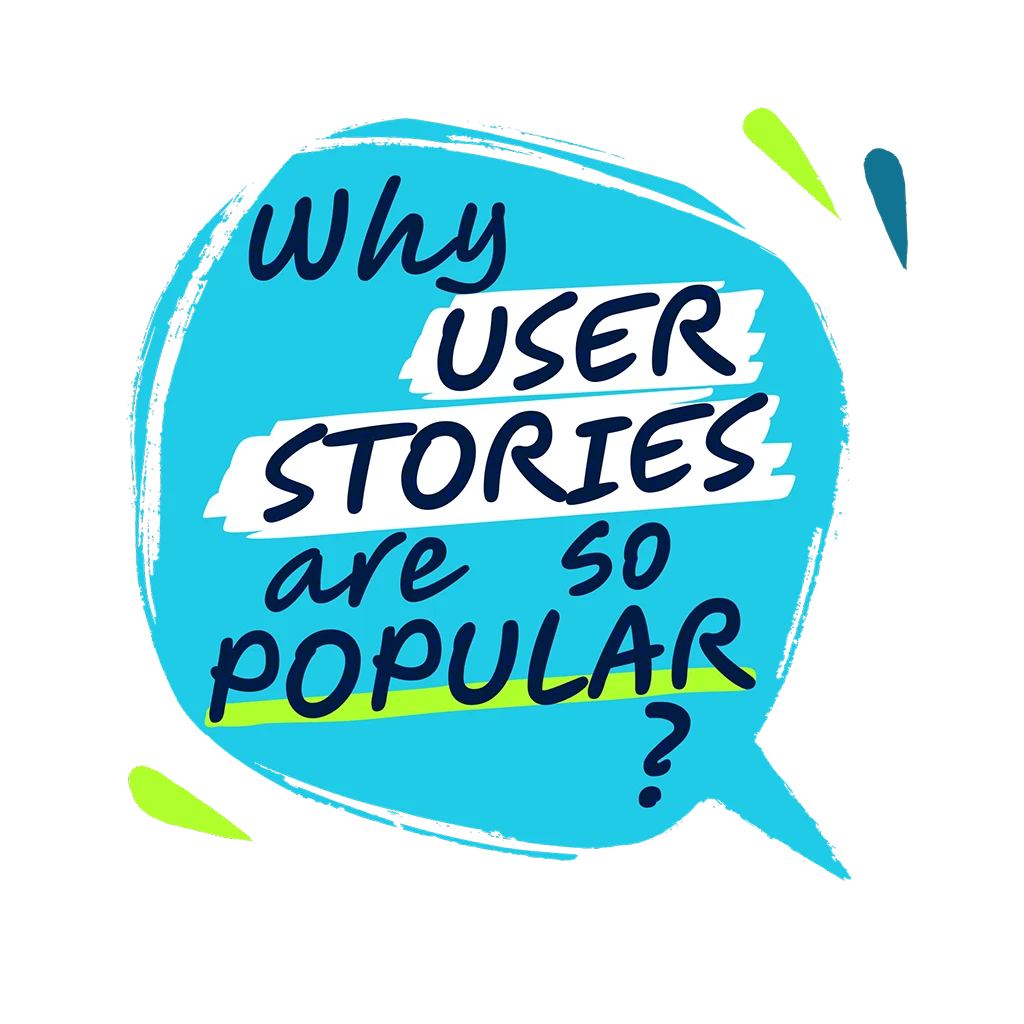By centring the development process around the user’s needs and wants, teams are better equipped to create functional products that truly resonate with the people they serve.
User stories have become a popular and valuable practice in crafting digital products that resonate with end-users.
This technique, emphasising concise, value-centric narratives, has fundamentally transformed how teams understand and prioritise work.
It’s about putting together a product story that aligns closely with user needs and expectations, ensuring that every work item developed is a step towards enhancing the user experience.
1. Simplicity and Clarity:
User stories extract complex requirements into simple, understandable narratives. This simplicity ensures that everyone involved, from designers to developers, clearly understands what needs they should achieve. It focuses on the essence of the user’s need, making it easier for teams to align their efforts towards a common goal.
2. User-Centric Focus:
At the heart of user stories is the user’s perspective, which ensures that the product’s work items are developed with the end-user’s experience in mind. This user-centric approach helps in building products that are functional and delightful to use. By constantly asking, “What does the user need?” teams can stay aligned with the product’s true purpose.
3. Flexibility and Adaptability:
Unlike rigid specifications, user stories encourage a flexible approach to product development. They allow for changes and adaptations as more is learned about user needs and market dynamics. This adaptability ensures that the product meets user expectations even as those evolve.
4. Facilitates Collaboration:
User stories focus on everyday language that technical and non-technical teams can understand. By focusing on outcomes rather than technical specifications, everyone can contribute to the discussion, share insights, and collectively refine the product vision.
5. Enhances Understanding of Value Proposition:
User stories help scrum teams grasp the underlying value proposition of each Product Backlog item. By focusing on user benefits rather than mere functionalities, teams can critically assess the importance of each work item in delivering value to the end-user.
6. Fosters Innovation and Creativity:
By centring the development process around user stories, teams are encouraged to think creatively about how to solve user problems.
This open-ended approach invites a broad range of solutions, fostering innovation within the team. It challenges team members to look beyond conventional solutions and explore new ways to delight users, ultimately leading to a more innovative and competitive product.
The popularity of user stories can be attributed to their profound impact on how digital products are envisioned, developed, and refined.
They represent a shift towards a more dynamic, user-focused approach to product development that values empathy, collaboration, and continuous improvement.
This user-first mindset advocates the user’s voice in every decision, ensuring that the final product is a solution that enriches users’ experience.


